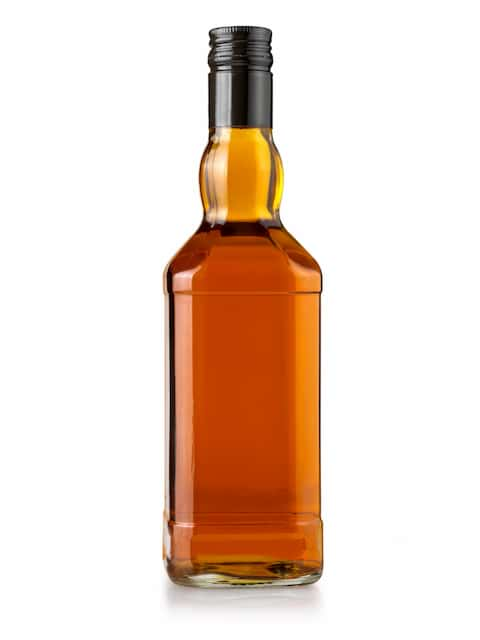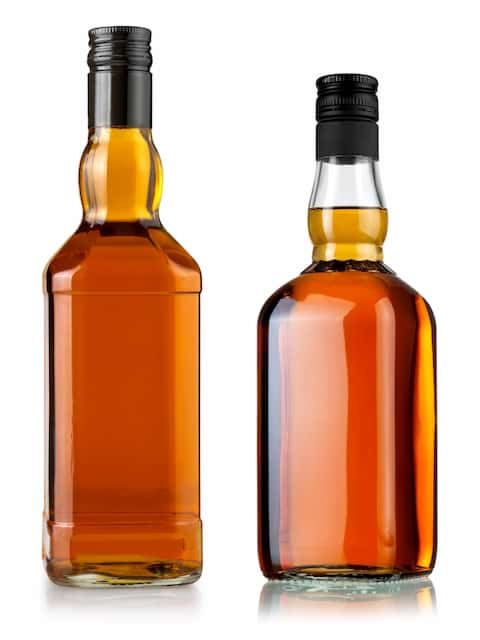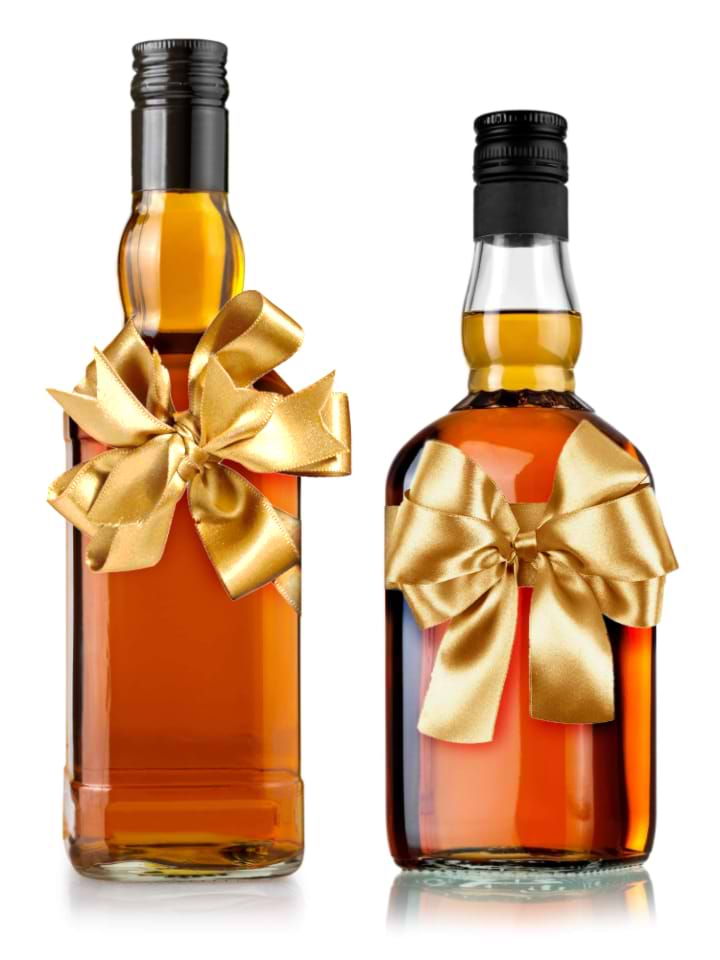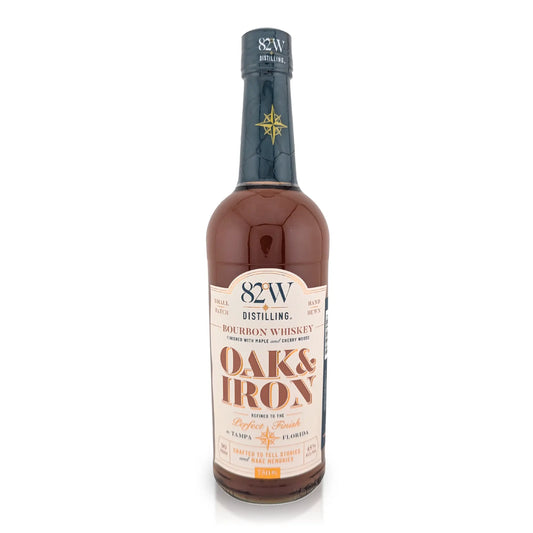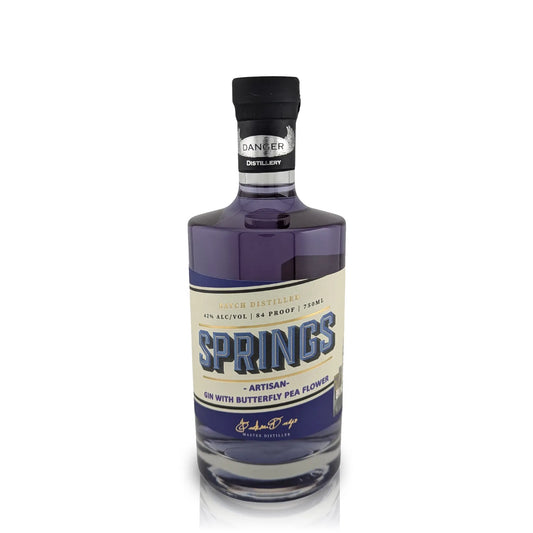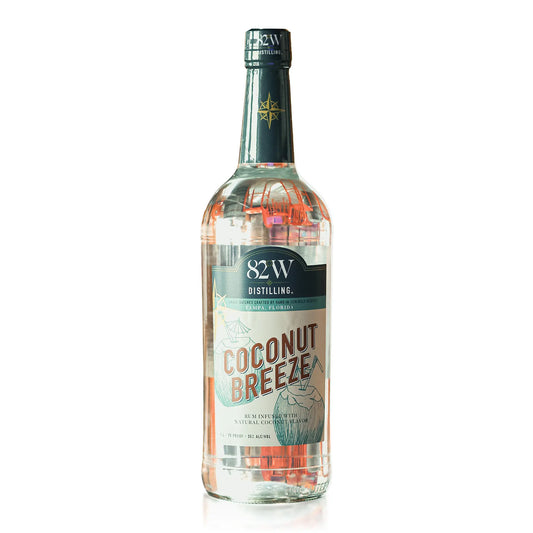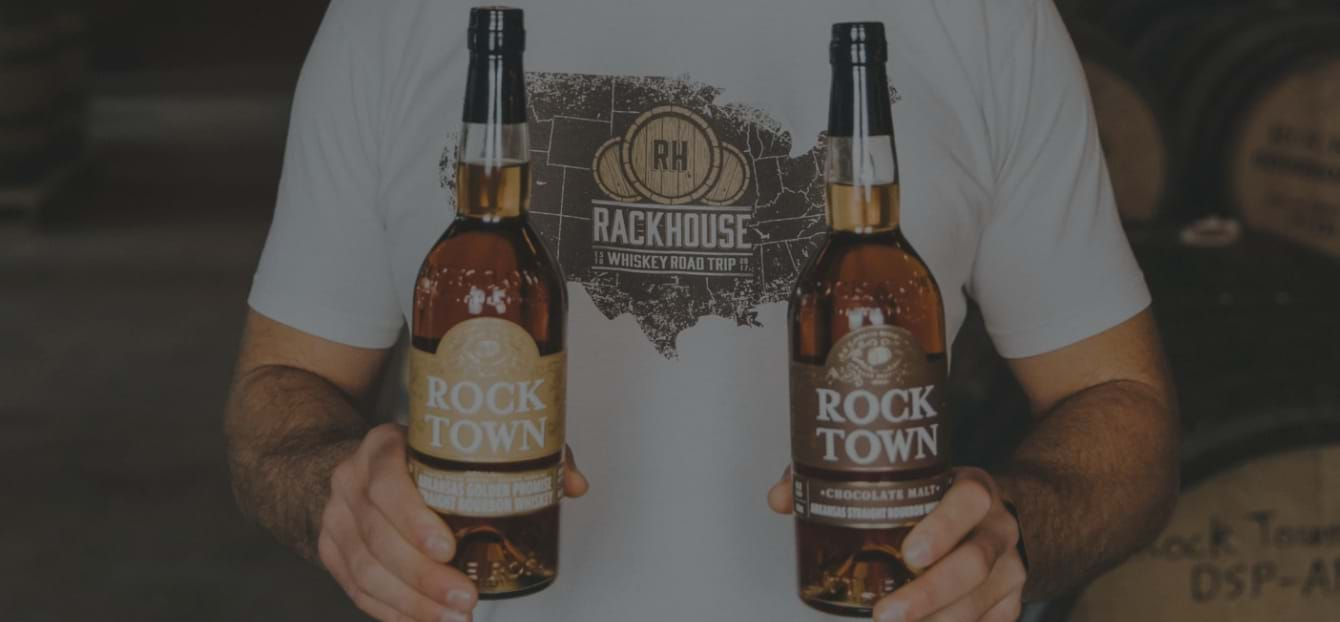
The discussion on how to choose the best whiskey glass can be as diverse as choosing a whiskey. Experts suggest the tulip-shaped copita glass is the best because of the way it presents the spirits’ aromas and flavors. Other whiskey drinkers prefer a classic Old Fashioned or rocks glass for slow sipping. Here’s what some may not be aware of: a glass can change your whole drinking experience. Just as you’d put careful consideration in choosing your whiskey, do the same for your glass and you’ll discover a whole new appreciation for the spirit. Whether you’re drinking bourbon, rye or Tennessee whiskey, we’ve gathered the best glasses to add to your collection.
Tips on choosing glass type
At first glance, a glass is merely the means for consuming your favorite whiskey. But a well-designed glass is so much more. When choosing, keep in mind that the bowl shape and size are two of the most important qualities in determining how a spirit can be enhanced by the glass. The feel of the glass in your hand and the size of the bowl can make a big difference with swirling because a larger bowl means a larger surface area to reveal aromas. It also accelerates the dissipation of the alcohol before it meets your nose. Maximilian Josef Riedel, 11th-generation CEO and president of Riedel Crystal tells Whisky Advocate, “The diameter of the rim, the bowl shape, and size of a Riedel glass are what dictate the nuances of the drinking experience.”
Also affecting the experience are the way a glass delivers aromas.You can thank the size and shape of the mouth for this. The copita is a glass that was designed for sherry that features a long stem and looks like a miniature wine glass. While this glass is ideal for nosing, it’s not very practical for everyday whiskey drinking. As a result, Raymond Davidson created the Glencairn, which is one of the most iconic whiskey glasses. “A copita focuses the aromas and you can swirl it around, swivel it around to get the air in there, and then nose it. In order to make a functional product for a bar, and offer aerating of the whiskey, I made the bowl more bulbous, so you can really swirl it around. I also opened the mouth to make it a practical drinking glass,” he says.
What glass you choose ultimately depends on the ultimate goal of the experience. A Glencairn glass is great for trying out a flight of whiskies or doing a blind tasting. A tumbler is more versatile and great for adding ice or making a cocktail. Some glasses are designed to highlight a spirit and others are versatile enough for cocktails and neat pours. All glasses are a solid option and a good home bar should feature a few different types. Might we suggest you start with these three?
These Glencairn glasses are a popular choice among whiskey drinkers. Each 6-ounce glass is designed to show off the color and aroma of the spirit. Kristen Voisey, the glassware designer says the ideal glass for tasting is a stemmed glass with a wider base than the nose because the glass tapers toward the top to concentrate the smell when you nose it. “Plus the stem removes any unintentional heat to the spirit,” she adds. “This is the standard tasting glass used at most distilleries. The shape is meant to enhance the aromas of fine whiskey.” This is something a standard rocks glass does not do. Pro tip: add a touch of room temperature water to help open up the spirit.

If you’re looking for a glass that’s great for drinking Old Fashioneds or classic whiskey cocktails on the rocks, this glass is a top choice. For this particular glass collection, Georg Riedel delegated the design to a range of bartenders and industry experts. Each design works with both single-ounce pours or cocktails alike. The larger size also allows for a few chunks of ice or an ice ball. Pro tip: these glasses have a unique 2-ounce pour indicator. The top of the triangle at the bottom of the glass measures exactly two ounces.

Make sure your home bar has an Old Fashioned glass as it’s been a bar cart staple for over a hundred years. The nose on this glass may not be as “efficient” as a Glencairn but it’s a nice glass to swirl. This particular glass features a unique mountain range design running along the side of the glass. The mountainside rocks and stone design gently aerates the whiskey by mixing it with air. Pro tip: because of the built-in design, there’s no need for an aerator or decanter to let the whiskey breathe and “open up.”



